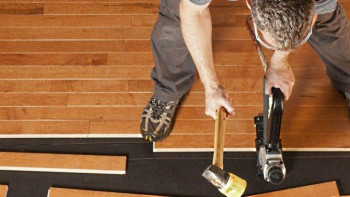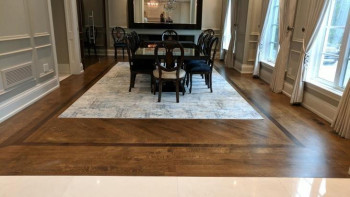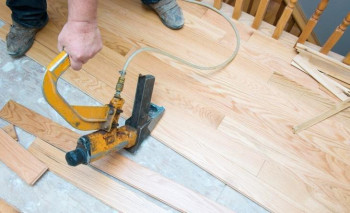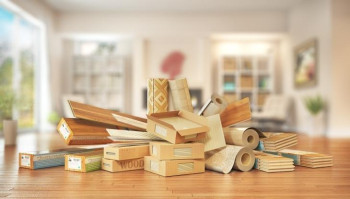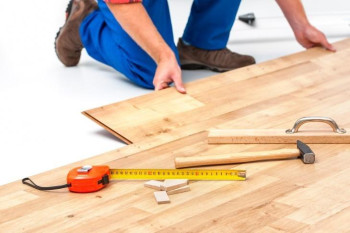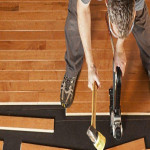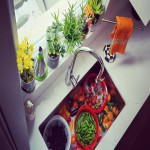Hardwood floors, as their name suggests, consist entirely of wood, making them susceptible to damage from fluctuations in humidity. When storing furniture or wood planks, it's crucial to consider the temperature and humidity levels of the storage area to prevent irreparable damage to the flooring.
Humidity Levels:
Ideal humidity levels for wood flooring range between 40-60 percent, with around 50 percent being optimal. When humidity falls below 30 percent, hardwood flooring can dry out, leading to the development of cracks as the wood contracts.
Conversely, humidity levels above 70 percent can cause hardwood flooring to absorb excess moisture, resulting in expansion and potential warping.
Managing Humidity Levels:
Homeowners can mitigate humidity-related damage by installing temperature controls and dehumidifiers in their homes or storage areas.
Air conditioners help lower humidity levels by cooling the air, while dehumidifiers extract moisture from the air, particularly in regions with high humidity.
Setting dehumidifiers to maintain a humidity level of around 50 percent can help stabilize wood floors. In dry environments, using vaporizers can add moisture to the air to prevent excessive drying of wood.
Managing Humidity Swings:
Large fluctuations in humidity levels pose the greatest risk to hardwood flooring, causing repeated expansion and contraction. Air conditioners that minimize outdoor air intake help maintain stable humidity levels, reducing the likelihood of damage.
Consistent room temperatures are also essential to minimize humidity-related damage to wood flooring.
Humidity and Temperature:
Temperature affects the moisture absorption capacity of both air and wood. Warmer temperatures lead to increased moisture absorption by wood, contributing to changes in humidity levels.
Types of Cracks:
Cracks in wood flooring can result from various factors, including inadequate acclimation before installation, improper installation techniques, and exposure to excessive moisture or dry air.
Acclimating wood flooring to the installation environment for at least two weeks before installation can reduce the risk of cracking due to subsequent expansion and contraction.
Proper installation, including leveling subfloors, using appropriate adhesives, and incorporating moisture barriers, helps minimize the development of cracks.
Regular maintenance, such as using products designed for cleaning wood floors, applying urethane coatings, and avoiding excessive drying, can help preserve wood flooring and prevent cracks from forming.
In conclusion, while hardwood flooring offers aesthetic appeal and durability, it requires careful attention to environmental factors and proper maintenance to prevent cracking and other forms of damage.

